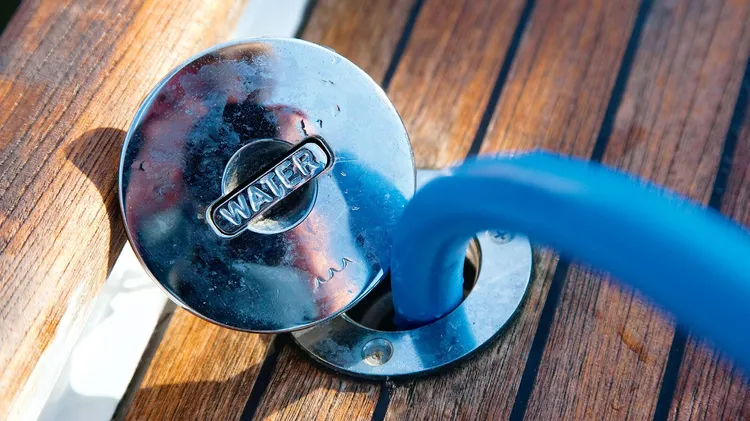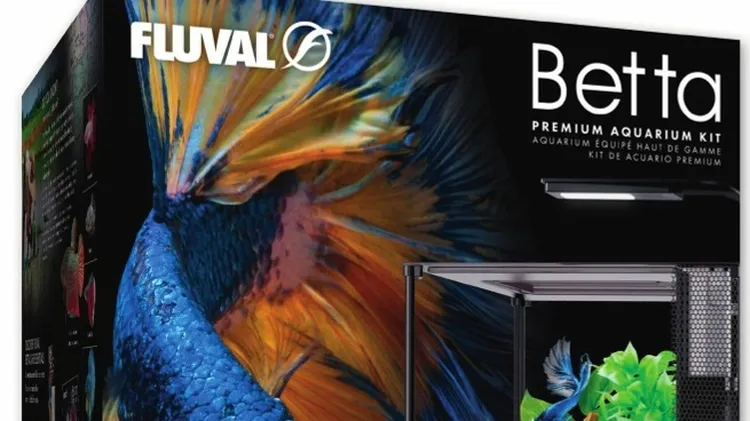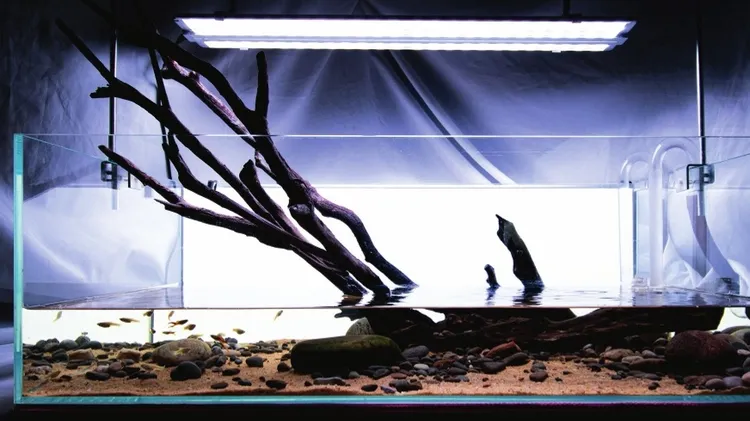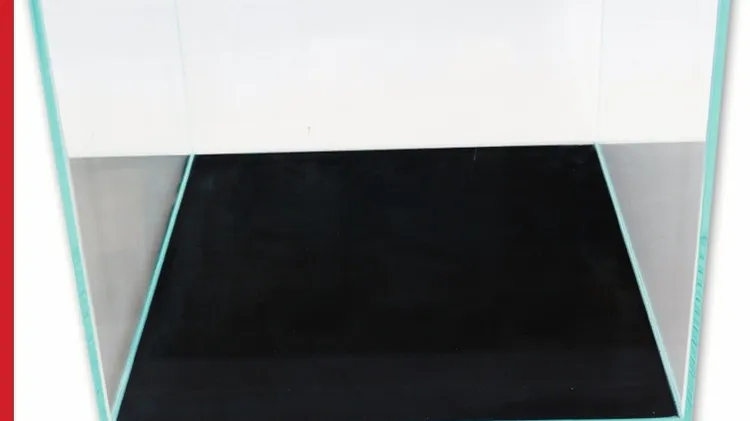While the choice of filters can seem vast, all fall broadly into a f
Choosing the right filter
8 min read
This article is from...
Read this article and 8000+ more magazines and newspapers on Readly






